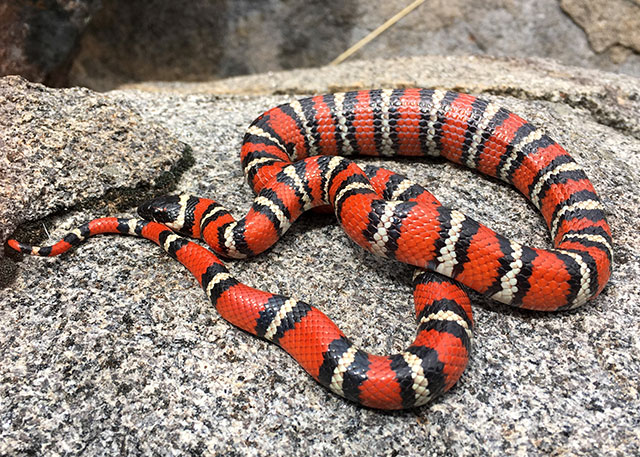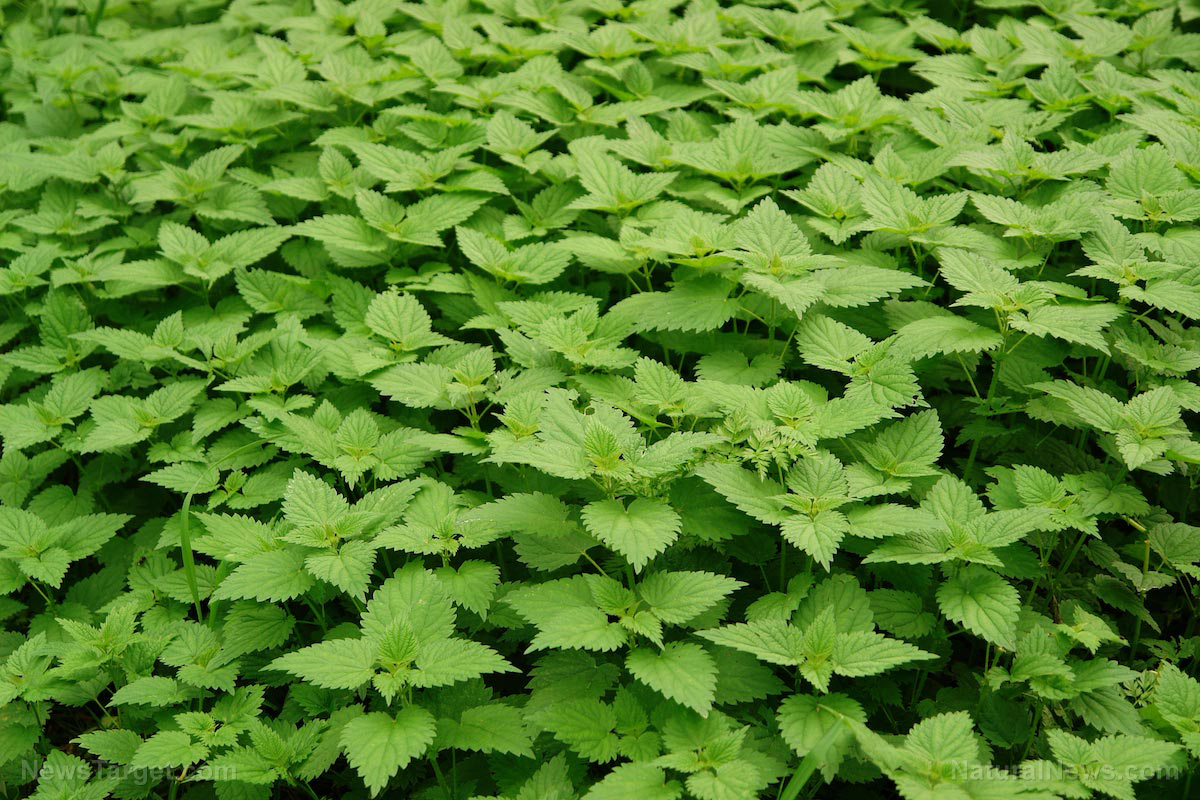Surviving a snakebite: How to prevent it and what to do if you’re bitten
11/28/2018 / By Mary Miller

When out in the wilderness, preppers are bound to encounter all sorts of threats. Wild animals can react with aggression when humans intrude on their territory. Snakes are no exception to this. Sometimes, you might not even know a snake is there until it is right in front of you. When SHTF, the proper knowledge might just be your key to survival. Here is an easy guide for preppers on how to avoid snakebites, and how to treat them, in case you get bitten. (h/t to ThePreppingGuide.com)
Snakebite prevention
Avoid getting bitten by snakes by following these simple steps:
- Trek during the daytime. Snakes tend to be more active when darkness falls. Aside from the obvious dangers of traversing dense foliage at night, daylight allows you to see where you’re going. This can keep you from accidentally stepping on a snake you didn’t even realize was there.
- Always keep your hands and feet where you can see them. In a similar vein to the previous tip, it is crucial to avoid letting your hands and feet go through thick bushes or shrubs where they won’t be visible, even for just a few seconds. It only takes a moment for a snakebite to happen. If it does and your hand or foot is in full view, then you at least get a glimpse of the snake that bit you. It is better to follow open trails and stay away from bushes and loose rocks.
- Tread noisily. You can give any nearby snakes an early warning of your presence by making a lot of noise as you walk. You can also use a stick to poke the ground in front of you as you go along. In case a snake is there, and it didn’t move away from the noise in time, it will likely bite the stick instead of your foot.
- Avoid touching snakes. If you do happen to encounter a snake, slowly back away from it. Unprovoked attacks are rare, but they can happen. If you leave the snake alone, it should also leave you alone. Avoid trying to pick up the snake or trapping it.
First aid for snakebites
Even when we take proper care to avoid snakebites, accidents can still happen. Forget everything you’ve seen in the movies. Your survival might just depend on following these necessary steps for treating snakebites:
- Snakebite diagnosis. Before anything, you will want to make sure you actually were bitten by a snake. Check the skin for the bite mark and you should see two tiny holes. If the snake was venomous, the bite area would also experience swelling, moderate to severe pain, and skin discoloration.
- Snake identification. Knowing what kind of snake bit you is crucial information for getting the right antivenom later. Try to remember what the snake looked like. Pay close attention to its color, size, head shape, or any other recognizable characteristics, such as a shaking tale for a rattlesnake or a hood for a cobra.
- Move away from the snake. If the snake is still in the area, move away from it until you reach a safe enough distance. If you can, try to find an open clearing free from potential hazards where you can safely lie down.
- Lie down with the wound below the heart. Keep the heart higher than the bite area to slow down circulation in that body part. It is important to stay still and remain calm to help slow the spread of venom in your bloodstream. If your leg was bitten, take your shoes off before your feet start swelling.
- Wash the wound. If you have access to water, clean the bite area with warm water and soap. Trying to get the venom out by yourself, either by cutting the wound open or sucking the venom out, is highly discouraged. This could cause more damage to the bite area and make the situation even worse.
- Bandage the bite area. Cover the bite area with a clean, dry dressing and tightly wrap it in a constricting bandage two to four inches over and under the bite area. The bandage should be tight enough to reduce circulation in that area but not too tight as to cut off circulation completely. It should also not be as tight as a tourniquet.
- Seek medical attention. It is highly encouraged that you to seek immediate medical attention. Remember to take note of the physical characteristics of the snake that bit you so that the correct antivenom can be used.
If a snake has bitten you, you will also want to avoid applying ice to the wound or drinking alcohol as a painkiller. There are other, more suitable remedies for alleviating the symptoms of snakebites. (Related: Homeopathic remedies treat insect stings and snake bites.)
Find more tips on preventing snakebites and surviving other SHTF scenarios at Survival.news.
Sources include:
Tagged Under: bug out, emergencies, first aid, off grid, outdoors, preparedness, prepper, prepping, self-defense, self-reliance, SHTF, snake venom, snakebite prevention, snakebite treatment, snakebites, snakes, survival, survival skills, Survival Tips, survival tools, survivalist



















